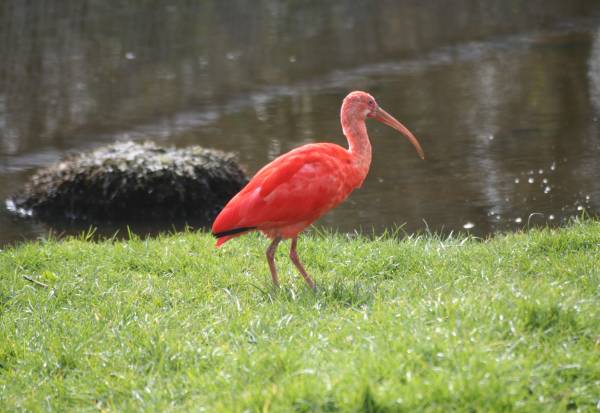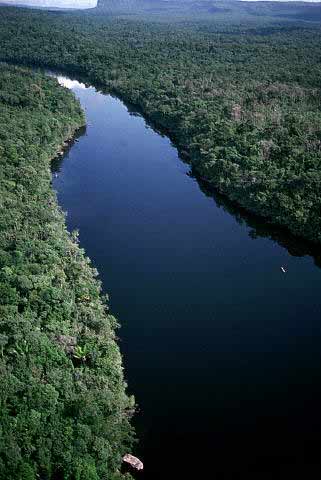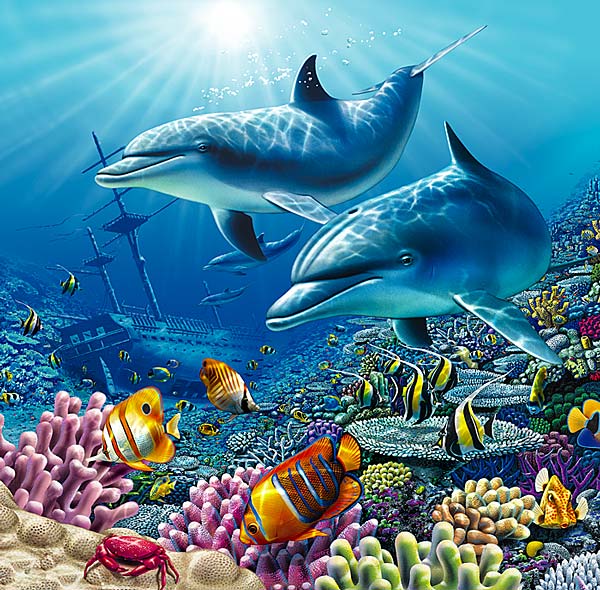The Amazon rainforest once covered roughly seven million square kilometers. Its moist climate led to lush vegetation, which in turn produced the greatest terrestrial biodiversity found on the planet. With so much living matter concentrated in one area, the soil of the forest became fertile via waste and decomposing biomass. These factors created a natural reinforcing system, a harmony in which all parts affected the other and yielded a unique and diverse ecoregion.






























